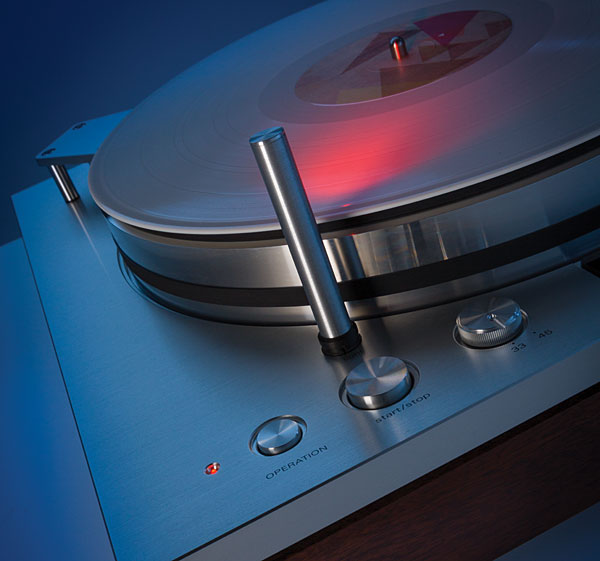| Columns Retired Columns & Blogs |
I have not heard it nor seen it in the flesh. But so far all of Luxman's gear has been absolutely beautiful to look at and listen to. Not doubting this table sounds great and is beautifully constructed in the Luxman tradition but a turntable should be a thing of beauty and this 70's retro kitsch look just doesn't do it for me. Pity.







































